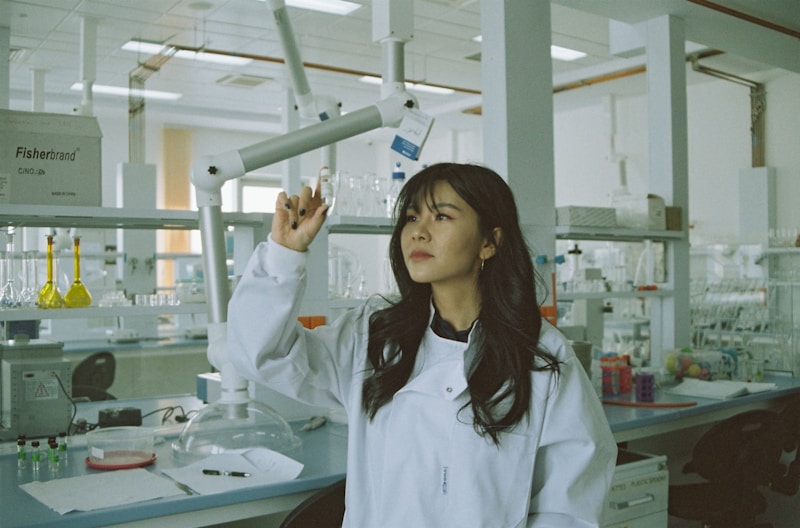14 Questions
What is the force that attracts electrons to the protons in the nucleus?
Electromagnetic force
What does the atomic number of an element represent?
The number of protons in an atom
What is the state of matter characterized by strong attraction forces between molecules?
Solid state
What is the term for a substance's ability to react with an acid?
Acidity
What is the term for the tendency of matter to combine chemically with other substances?
Reactivity
What is the number of protons and neutrons in the nucleus of an atom?
Mass number
What is the primary focus of chemistry as a science?
The study of matter and its changes
What is the definition of matter?
Anything that has mass and takes up space
Which of the following branches of chemistry deals with the study of chemicals containing carbon?
Organic chemistry
What is the main component of an atom where almost all of its mass is located?
Protons and neutrons in the nucleus
What is the function of electrons in an atom?
To move around the nucleus
What is the smallest particle of an element that cannot be divided into smaller parts by ordinary chemical processes?
Atom
Which of the following branches of chemistry deals with the study of the rates of chemical reactions?
Physical chemistry
What is the charge of neutrons in an atom?
No charge
Study Notes
Introduction to Medical Chemistry
- Chemistry is the study of matter, including its structure, composition, and changes that occur when exposed to various situations.
- Chemistry investigates the qualities of matter and how and why it changes.
Branches of Chemistry
- Chemistry has five main disciplines:
- Organic chemistry: studies chemicals containing carbon.
- Inorganic chemistry: studies chemicals that do not contain carbon.
- Physical chemistry: studies the rates of chemical reactions and physical structure of materials at the molecular level.
- Analytical chemistry: studies the composition of substances.
- Biochemistry: studies chemical processes in living things.
Structure of an Atom
- An atom is the smallest particle of an element and cannot be divided into smaller parts by ordinary chemical processes.
- An atom consists of:
- Protons (positive charge) in the nucleus.
- Neutrons (no charge) in the nucleus.
- Electrons (negative charge) surrounding the nucleus.
- Virtually all of an atom's mass is in the protons and neutrons in the nucleus.
- Electrons surrounding the nucleus have almost no mass.
Atomic Number and Mass Number
- Atomic number: indicates the number of protons in an atom.
- Mass number: the number of protons and neutrons in the nucleus.
States of Matter
- Solid state: strong attraction forces between molecules.
- Liquid state: average attraction forces between molecules.
- Gas state: negligible attraction forces between molecules.
Chemical Properties of Matter
- Reactivity: the tendency of matter to combine chemically with other substances.
- Flammability: the tendency of matter to burn.
- Toxicity: the extent to which a chemical element or combination of chemicals may harm an organism.
- Acidity: a substance's ability to react with an acid.
Introduction to medical chemistry, covering the study of matter, its structure, composition, and changes that occur under different situations.
Make Your Own Quizzes and Flashcards
Convert your notes into interactive study material.
Get started for free



